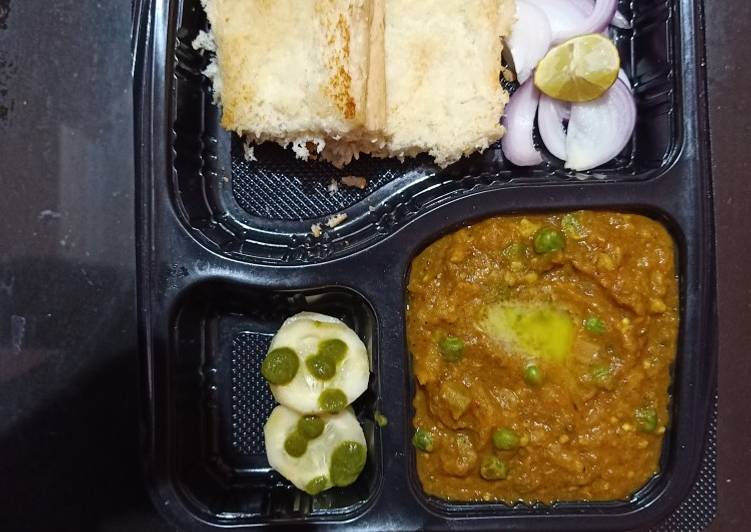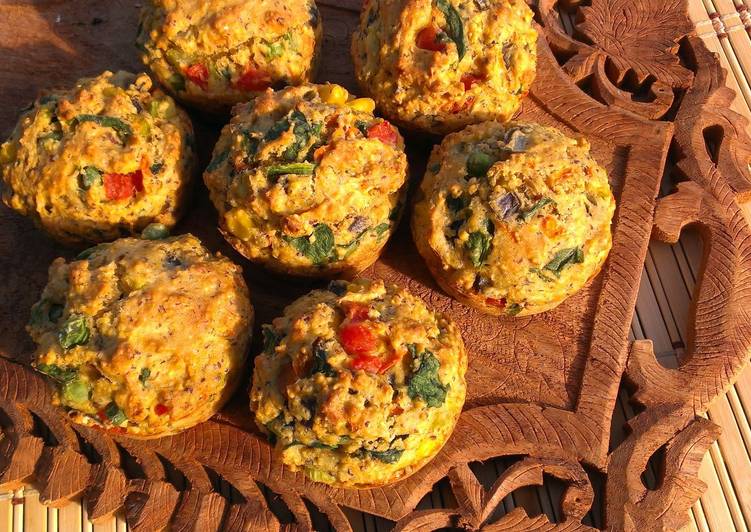Hey everyone, welcome to my recipe page, If you're looking for new recipes to try this weekend, look no further! We provide you only the best Pav Bhaji recipe here. We also have wide variety of recipes to try.

Before you jump to Pav Bhaji recipe, you may want to read this short interesting healthy tips about
Guidelines For Living Green And Saving Money Inside the Kitchen.
Remember when the only men and women who cared about the ecosystem were tree huggers and hippies? That’s a thing of the past now, with all people being aware of the problems besetting the planet and also the shared burden we have for turning things around. The experts are agreed that we are not able to transform things for the better without everyone’s active contribution. This must happen soon and living in methods more friendly to the environment should become an objective for every individual family. Here are a few tips that can help you save energy, for the most part by making your kitchen area more green.
Start out with replacing the light bulbs. Do this for the entire house, not just the kitchen. The typical light bulbs are the incandescent type, which really should be replaced with compact fluorescent lightbulbs, which save energy. These bulbs are generally energy-efficient which means electricity consumption is lower, and, although they cost a bit more to buy, will outlast an incandescent light ten times over. One of the pluses is that for every one of these lightbulbs used, it ensures that approximately ten normal lightbulbs less will certainly end up at a landfill site. It goes further than simply exchanging the lights, though; turning off lights that aren’t needed is actually another good thing to do. The kitchen lights in particular tend to be left on all day long, just because the family tends to spend a lot of time there. And it’s not restricted to the kitchen, it goes on in other parts of the house at the same time. Do an exercise if you like; have a look at how much electricity you can save by turning the lights off when you don’t need them.
The kitchen by itself provides you with many small methods by which energy and money can be saved. Green living just isn’t that tough. Typically, all it takes is a bit of common sense.
We hope you got insight from reading it, now let’s go back to pav bhaji recipe. To cook pav bhaji you need 22 ingredients and 40 steps. Here is how you achieve it.
The ingredients needed to prepare Pav Bhaji:
- Provide 3 medium sizes potatoes
- Provide 1 1/2 cup chopped cauliflower
- Provide 1 cup chopped carrot
- Provide 1 cup green peas
- Use 1/3 cup chopped french beans
- Provide 2 1/2 cup water for pressure cooking
- Get 3 tablespoonsl amul butter
- Use 1 teaspoon cumin seeds
- Prepare 1 large onion
- Provide 2 teaspoon ginger-garlic paste
- Prepare 1-2 green chillies
- Prepare 1/2 cup finely chopped capsicum
- Take 2-3 large tomatoes
- Provide 1 teaspoon turmeric powder
- Use 1 teaspoon kashmiri chilli powder
- Provide 2-3 tablespoons pav bhaji masala
- Take 2 cups water
- Get to taste salt
- Provide 12 pavs for serving with the bhaji
- You need 1 medium to large onion
- Use 1 lemon
- Take 3-4 tablespoon chopped coriander leaves
Steps to make Pav Bhaji:
- Cooking veggies for bhaji
- Rinse, peel and chop the veggies. You will need cauliflower, carrot, potatoes french beans. You can also add veggies of your choice.
- Add all the above chopped veggies in a pressure cooker. Also add green peas (fresh or frozen).
- Add water.Now turn over the pav and rotate them on the tawa so that the second side absorbs the butter. Add more butter if required.
- Pressure cook the veggies for 5 to 6 whistles or on medium flame.
- When the pressure settles down on it's own, open the cooker and check if the veggies are cooked well. You can even steam or cook the veggies in a pan. The vegetables have be to cooked completely.
- Making bhaji for pav bhaji
- Heat a pan. Add butter.
- As soon as the butter melts, add cumin seeds.
- Let the cumin seeds crackle and change their color.
- Then add onions.
- Mix onions with the butter and saute on a low to medium flame till the onions translucent.
- Then add ginger-garlic paste. You can also crush ginger and garlic
- Mix and saute till the raw aroma of both ginger and garlic goes away.
- Then add chopped green chilies. mix well.
- Now add tomatoes. mix very well.
- Then begin to saute tomatoes on a low to medium flame
- Saute till the tomatoes become soft and mushy. This takes about 6 to 7 minutes on a low to medium flame.
- When the tomatoes have softened, then add capsicum Sauté for 2 to 3 minutes.
- Add turmeric powder and kashmiri red chilli powder.
- Then add pav bhaji masala. mix very well.
- Add the cooked veggies. add all of the stock or water from the pressure cooker in which the veggies were cooked. mix very well.
- Then season with salt as per taste.
- With a potato masher, begin to mash the veggies directly in the pan.
- Keep on stirring occasionally and let the bhaji simmer for 8 to 10 minutes.
- If the bhaji becomes dry and then add some more water. The consistency is neither very thick nor thin.
- Add salt, pav bhaji masala, red chili powder or butter if required.
- When the bhaji is simmering, you can fry the pav so that you serve the pav with hot bhaji.
- Frying pav for pav bhaji
- Heat a tawa or a shallow frying pan. Keep the flame to a low and then add butter.
- When the butter begins to melt, add a bit of pav bhaji masala. You can skip pav bhaji masala if you want
- Mix the pav bhaji masala very well with a spoon or spatula.
- Then place the pav on the butter.
- Rotate the pav all over the melted butter so that the pav absorbs the butter.
- Now turn over the pav and rotate them on the tawa so that the second side absorbs the butter. Add more butter if required.
- You can turn over and toast them more if required. Then remove in a plate and keep aside.
- Serving pav bhaji
- Now take the bhaji in a serving plate or a bowl. Top it up with one to two cubes of butter. You can add more butter, if you like.
- Place a side of finely chopped onions, lemon wedges and finely chopped coriander leaves. Or you can sprinkle onions, coriander leaves and lemon juice directly on the bhaji.
- Serve bhaji with the lightly pan fried and buttered pav. Pav bhaji is topped with chopped onions, coriander leaves and the lime or lemon juice is squeezed on the bhaji while eating.
If you find this Pav Bhaji recipe valuable please share it to your good friends or family, thank you and good luck.


